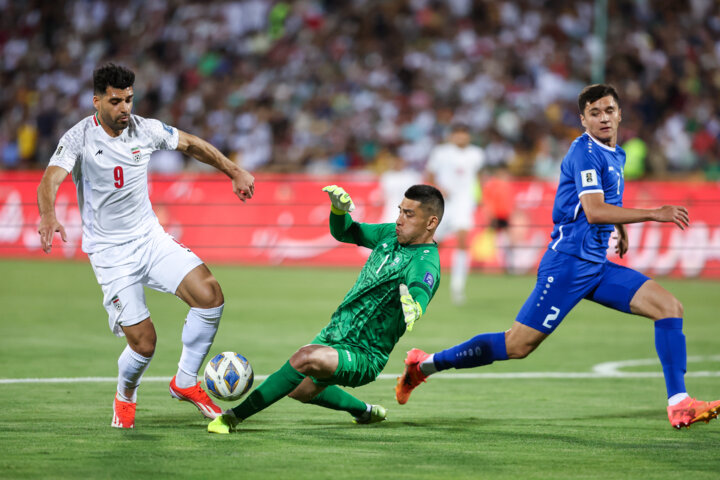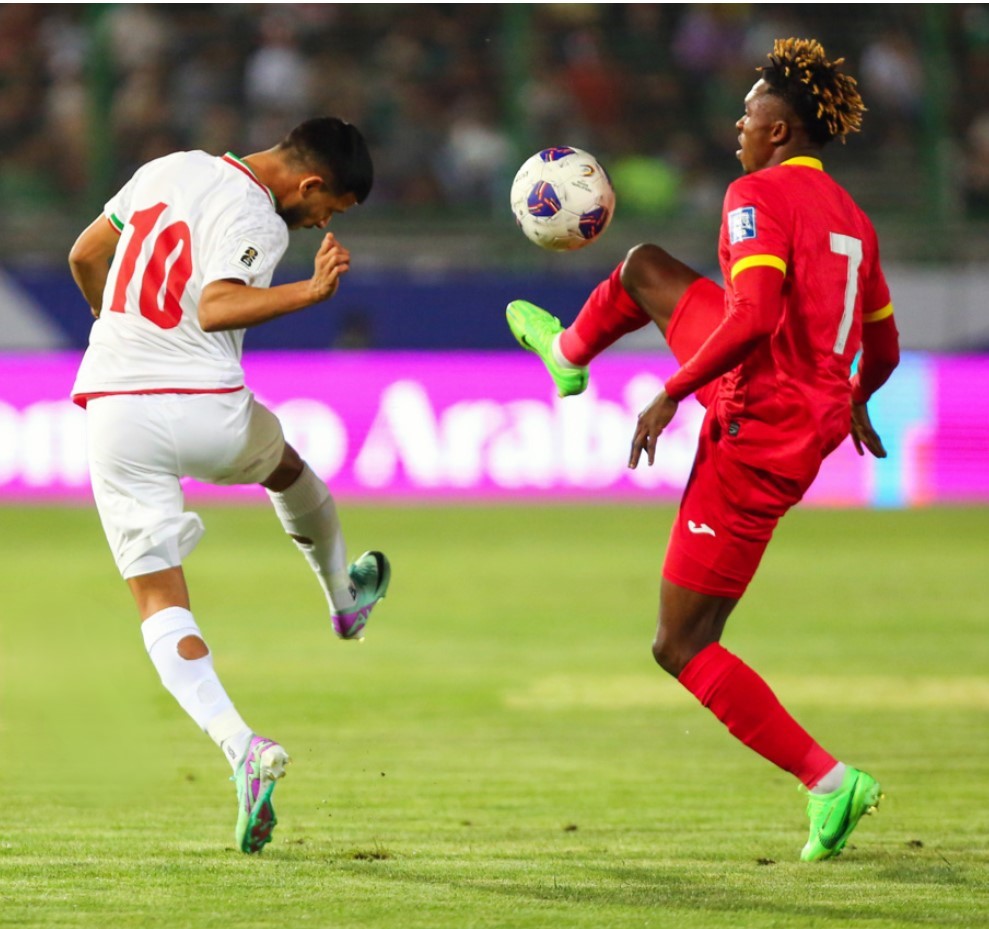Team Melli played a goal-less draw against Uzbekistan, its main rival in Group A of the third round qualifiers for the FIFA World Cup 2026 in Tashkent.
The match was not crowd-pleasing, with both teams playing ultra-cautiously, focusing on solidifying their defenses to avoid conceding the first goal.
Uzbekistan, even at home and without Head Coach Srečko Katanec on the bench due to illness, was surprisingly tame and lacked adventure. After the dismissal of Hardani, Team Melli seemed to play better, having more ball possession and control of the field. However, it was a low-risk game overall. Iran lacked the desire to play offensively, with the Uzbek defenses tightly compact and not allowing the Iranian forwards much breathing space.
One reason for the lack of effectiveness in Team Melli’s forward line, which is usually its most powerful, is the familiarity of Iran’s forwards amongst the opposing coaches. Having played together for several years, opposing teams can easily analyze and counteract their game plan. Lack of tactical variety in the Iranian game plan makes the opposing job even easier.

Since Amir Ghalenoei took over, it has been evident that Team Melli relies on long balls from the defense to the forwards, bypassing the midfield. This “route one” football is simple but also easily defendable and has a low yield in modern football. This strategy is particularly ineffective for Iran, where forwards like Sardar Azmoun and Mehdi Taremi lack the pace to make it work.
However, with the introduction of Mehdi Ghayedi and Ali Gholizadeh in the second half, the formula changed. Both players have pace and skills, making the long balls to the flanks more effective in feeding the center of attack. Two very good chances were created this way, with Azmoun and Saeid Ezatollahi both having their shots saved by the Uzbek keeper.
Iran still lacks a creative midfielder and playmaker. With Saman Ghoddos suspended for the match against Qatar, it will be interesting to see if Gholizadeh can inject some energy into the game which is a home game but played in Dubai. If Ghalenoei opts for a more cautious defensive approach he will probably start with Milad Noorafkan for a more solid, defensive-minded midfield.
There are still options left in the squad to fill the gap left by Ghoddos’ absence. Alireza Jahanbakhsh, who has experienced a dip in form, and Mohammad Mohebbi, recently recovering from injury, could fill that gap despite both being rusty. If Ghalenoei feels adventurous, Javad Hosseinnejad could be a fitting choice to add the style and finesse that many of the current midfielders lack.
It remains to be seen what Ghalenoi has in mind. He certainly has not stuck to his word about introducing an entertaining Team Melli. Perhaps the circumstances dictate that Iran should tread carefully until the qualification to FIFA World Cup 2026 is assured before the team goes full throttle and play attractive football.
The match against Qatar is on Tuesday 15th October at Rashid Stadium, Dubai.

